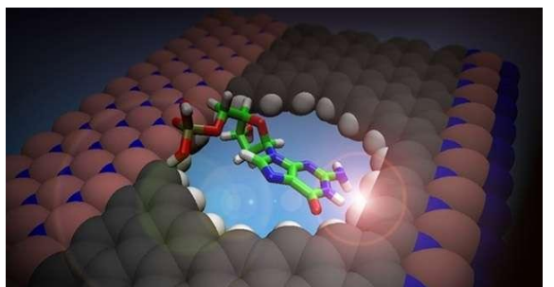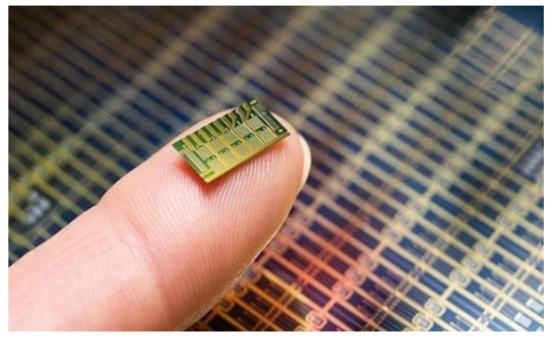What is major material technologies for manufacturing nanosensors?
Sensors are widely used in daily life, and their uses range from monitoring gas concentrations to identifying human faces. Sensors are also widely used in various industrial processes to detect and monitor various processes. Nano sensors work in the same way as traditional sensors, but the difference is that nano sensors use nano materials as their active sensing elements.

1. Definition
Nanosensors are nanoscale devices that measure physical quantities and convert these quantities into signals that can be detected and analyzed.
Although there is currently no clear definition of nanosensor in the world, most of them define it as a sensing device with at least one of its dimensions less than 100 nm. The purpose is to collect nano-level information and convert it into data for analysis.
Nanotechnology deals with the physical or chemical properties of substances at the nanometer level. Therefore, compared to traditional sensors that can only improve sensor performance by reducing sensing components or transducers, nanosensors can use the physical or chemical properties of materials to improve their important characteristics and quality parameters.
Therefore, the nano sensor does not necessarily have to be reduced to the nano-scale size, but a large-scale device that can use the unique characteristics of nano-materials to detect and measure nano-scale events. For example, in precious metals such as silver or gold, nanostructures of a size smaller than the de Broglie wavelength of electrons cause strong absorption in the visible/near ultraviolet region that does not exist in the spectrum of bulk materials. Nano sensors for detecting gases, chemical and biochemical variables and physical variables and detecting electromagnetic radiation have been developed.

2. Features
Compared with sensors made of traditional materials, sensors based on nanomaterials have many advantages in terms of sensitivity and specificity.
High specificity: The reason why nanosensors have higher specificity is that their operating scale is similar to natural biological processes, they can be functionalized with chemical and biological molecules, and they have recognition events that cause detectable physical changes.
High sensitivity: The increase in sensitivity stems from the high surface-to-volume ratio of nanomaterials and the novel physical properties of nanomaterials that can be used as the basis for detection, including nanophotonics. Nanosensors can also potentially be integrated with nanoelectronic devices, thereby adding local processing capabilities to nanosensors.
Cost and response time advantages: In addition to sensitivity and specificity, nanosensors also have significant advantages in cost and response time, which makes nanosensors suitable for high-throughput applications. Compared with traditional detection methods (such as chromatography and spectroscopy), nanosensors can provide real-time monitoring. These traditional methods can take days to weeks to obtain results, and often require investment in capital costs and sample preparation time.
Facing multiple challenges: Nano sensors face many challenges, including avoiding fouling and drift, developing reproducible calibration methods, applying pre-concentration and separation methods to obtain appropriate analyte concentrations to avoid saturation, and integrating nano-sensors in a reliable and manufacturable manner. The sensor is integrated with other components in the sensor assembly. As nanosensors are a relatively new technology, many unresolved issues related to nanotoxicology are currently limiting their applications in biological systems. Some nanosensors may affect cell metabolism and homeostasis, thereby changing the distribution of cell molecules and making it difficult to distinguish sensor-induced artifacts from basic biological phenomena.
This article is from Allicdata Electronics Limited which offer electronic components, semiconductors, antennas, capacitors, connectors, diodes, transistors, IC,resistors. For more product information, please go to the website to get it.

